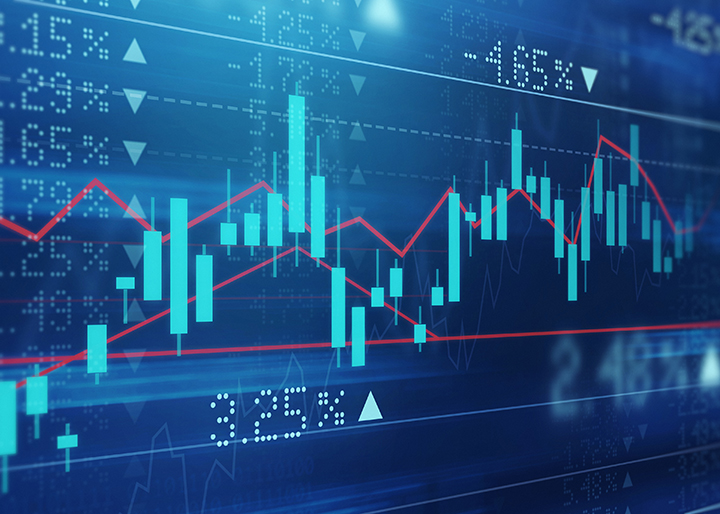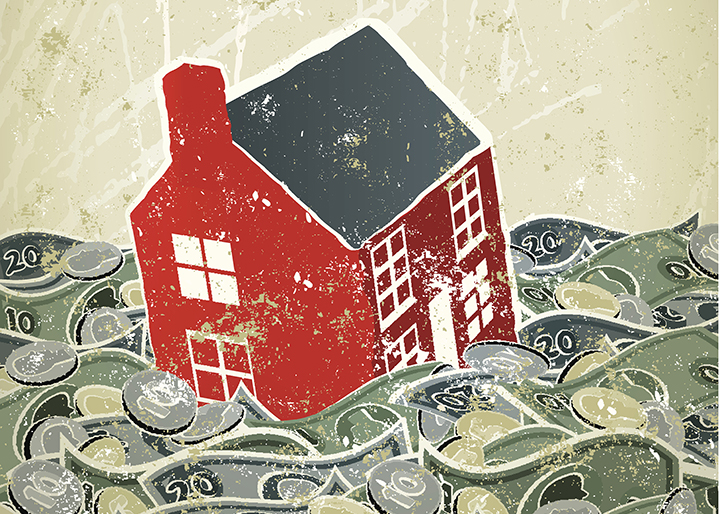Understanding Capital Markets Can Lead to Consistent Success
The Effect the Markets Have on Investor Activity By Mitchell Zagrodnik It is no secret that the real estate investment space has been growing consistently over the past few decades. Whether someone is looking to purchase a property, renovate it, and then flip it for a profit, or they just want to purchase a nice cash-flowing rental property for passive income, there are multiple avenues investors can take to lead
Read More












